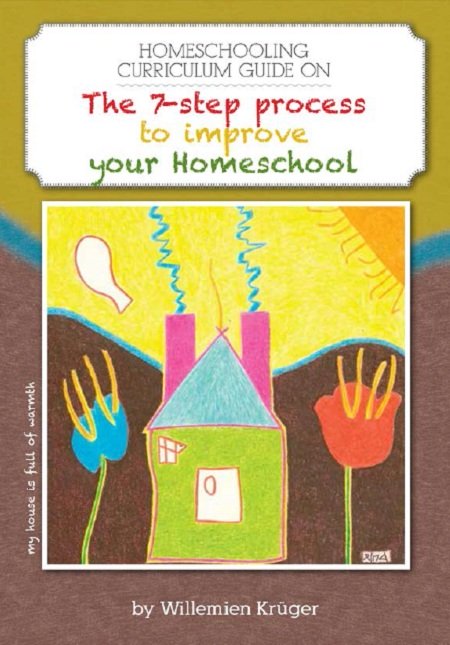Step 2 - Understand Homeschool Approaches
Some call it teaching approaches (Davis), some call it educational philosophies (Howshall) and others call it schools of home schooling (Clarkson).
I am sure that if you surf the web you will still find other names for the different kinds, styles, programs or methods of homeschooling you will encounter.
What it is called is not the important thing, but to understand that there are different approaches is important.
This page will help you understand the differences.
What Is It About?
It is relatively easy to get an overview of different approaches to homeschooling since there are a lot of websites providing the basic overview.
Don't view the approaches as being right or wrong, but just as different styles, with the textbook approach on the one extreme and the unschooling approach on the other extreme.
Although I will only give a brief overview on each of the approaches, remember that you will most likely end up using a variety of them as you grow on your homeschool journey.
Often the learning area determines which approach is used, e.g. it is easier and logical to use a textbook approach for Maths but a living books approach for Geography.
Children themselves also go through phases, and this will influence the choice of approach. For instance, it's easy (and preferable!) to implement an unschooling approach in the younger years, compared to later when a child needs to prepare for college/university.
Oftentimes one may be using a formal textbook approach but the child is so interested in horses you will end up doing a unit study anyway!
Just remember that there are differences and not only one approach is correct.
|
· Uses textbooks or workbooks – scope and sequence determined by the person(s) who wrote the textbook(s).
· Structured and easy to use.
· Is like school…with grades, tests, exams and teacher directed focus.
|
· Writers include John Holt, David and Micki Colfax.
· Unstructured and informal and child-centered.
· Allows children to pursue their own interests with parental support and guidance.
|
· Themes (not subjects) are studied in depth and languages, social studies, sciences, art and even math can be applied in the process of studying the theme.
· A practical, creative approach to subject matter.
· Time and preparation intensive.
|
· Uses good quality, high standard books, not ‘twaddle’ - worthless, inferior material often used in school that is supposedly downtoned to a child’s level.
· Respects a child as an individual.
· Stresses the formation of character and good habits.
|
· Writers include Dorothy Sayers, Douglas Wilson, Laurie and Harvey Bluedorn.
· Distinguish between grammar stage, dialectic and later the rhetoric stage of learning as part of the Trivium process or structure.
· Focus on learning methods or ‘tools for learning’.
|
· Although there are not really writer(s) one can single out, it must be noted that there are lots of wonderful pioneers fulfilling mentor roles in providing good advice and guidance with regards to home education guidance. Most of these people have followed more than one approach (of those described above) therefore being in essence an eclectic approach. In the Recommended reads you will find some of the best mentors I have learnt from.
· An Eclectic Homeschooler is one who looks at the different approaches and methods of homeschooling and takes from each, forming his own unique philosophy based on the needs of each child as seasons come and go.
· Make your own compilation of books or methods.
For Actions to take and Templates to use...
For this Step the book also includes a questionnaire which will help you understand your preference.
Get the
Homeschooling Guide on The 7-Step Process to Improve Your Homeschool
FREE for complete info on each step including templates for your use
For an example of what we have done Go to Step 2 Approaches personal
For more information on the phases click on the relevant link:
Back to 7 Steps process overview
Back to Homeschooling Curriculum Guide Home Page
